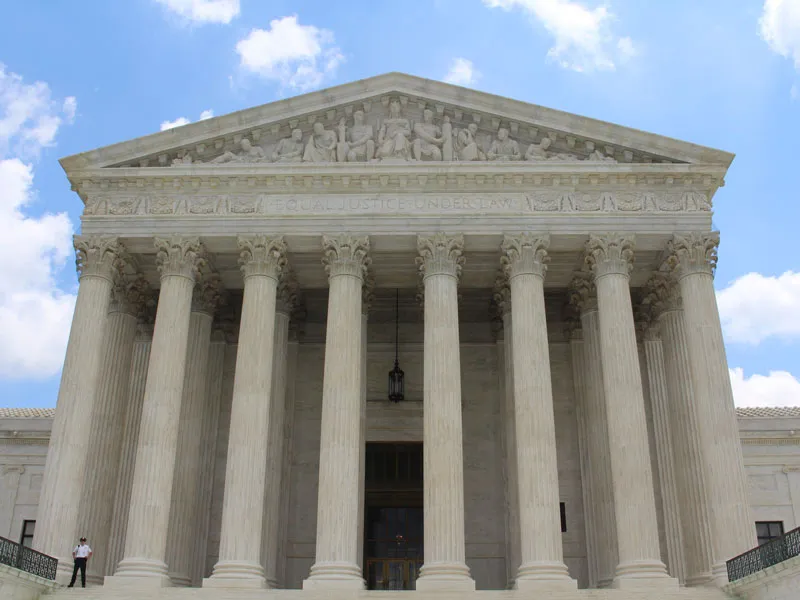
Staffing the federal judiciary was already going to be an issue in the 2020 presidential election. President Donald Trump, replicating and reinforcing a successful strategy from his 2016 campaign, released his new Supreme Court pool of potential nominees in early September 2020. Building from judges he had previously appointed to lower federal courts and adding to lists last updated in November 2017, Trump was continuing to assure Republicans that his administration was committed to appointing judges with strong conservative credentials. This was all before the passing of Associate Justice Ruth Bader Ginsburg, on September 18, 2020.
To call this a critical vacancy on the High Court seems an understatement. Justice Ginsburg was the core of the Court’s liberal bloc, a four-member group of justices all appointed by Democratic presidents. By attracting the votes of conservative colleagues, at times in narrowly crafted opinions and often in narrowly decided cases, that liberal bloc had preserved key precedents in the areas of reproductive rights, race and affirmative action, executive powers, and the operation of administrative agencies. The median or swing justice on the Roberts Court was Chief Justice John Roberts himself—a conservative appointed by George W. Bush, but a jurist also concerned with his institution’s legitimacy and independence. The five justices of the conservative bloc included two recently appointed by President Trump, making the Roberts bench one already dominated by GOP nominees.
Though Chief Justice Roberts famously decried his Court’s politicization, stating in 2019 that “we do not have Obama judges or Trump judges,” the reality of presidential staffing of the federal courts is decidedly political. Supreme Court vacancies represent opportunities to influence legal policy making. And while Supreme Court justices are not agents of either presidents or parties, their ideology is part of their qualification and credential for selection. Judicial ideology is a complex and controversial concept—whether it includes overt policy preferences or approaches to constitutional interpretation is a matter of debate among political scientists and legal scholars. But presidents and their staff, and senators and their majority leaders, certainly behave as if nominee screening and nominee selection has significant consequences for judicial behavior, case outcomes, and the development of the law.
How the electorate sees the Court varies, and how voters in this year’s presidential contest will assess the appointment of Ginsburg’s successor as an election issue remains to be seen. Confirmation of that successor just weeks or even days before Election Day 2020 may energize some voters and dispirit others. But what has clearly unfolded since mid-September is the partisan power politics of the modern judicial nomination and confirmation process. It is a process less governed by a separation of powers than by a “separation of parties” dynamic. With a co-partisan and cooperative senate, a president truly can ‘pack the courts.’ As we approach November 3rd, one thing is sure: elections most certainly do have consequences for the composition of the federal judiciary—whether the Court and its prospective nominees are on the ballot with the presidential candidate, or not.

Professor Nancy Maveety is chair of the political science department. Her research focuses on U.S. Supreme Court studies, judicial decision making, and comparative judicial politics. In her 2019 book, Glass and Gavel: the U.S. Supreme Court and Alcohol, Maveety discusses how the justices have participated in both the enjoyment and the restriction of beverage alcohol throughout our country’s history.

